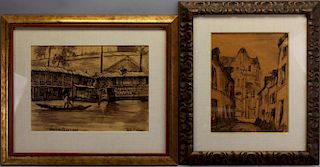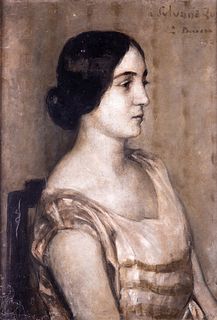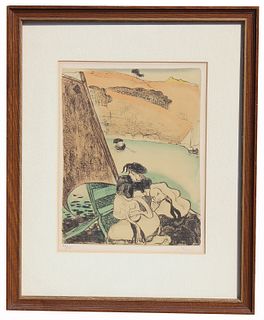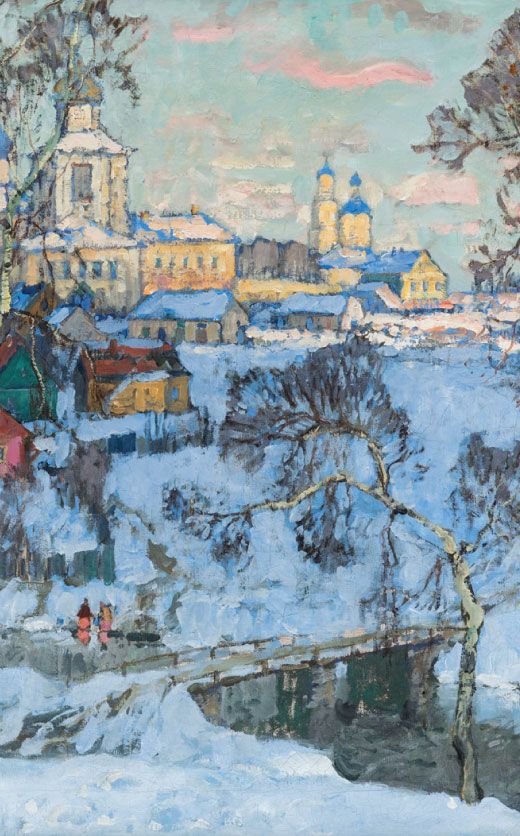Emile Bernard, one of the founders of Post-Impressionism and a vibrant influence in the evolution of the Cloisonnism movement, touched off an artist-wide uproar. Its large scale, expressive outlines, and symbolic representation rendered it amongst such blatantly cloisonnist works, influencing such figures as Paul Gauguin and Vincent van Gogh. His work marked a change from Impressionism to modern art by enabling him to adopt innovative techniques. These factors made his works attractive to collectors and to the public interested in art.
Early Life and Artistic Journey
Emile Bernard was born in Lille, France, back in 1868, and he bent towards art from an early age. He received formal training at the École des Arts Décoratifs, where he came to learn a fair amount of traditional techniques before moving to the Atelier Cormon in Paris. There, he met some eminent art personalities who highly influenced his personal philosophy of art. A free spirit, however, he could only stay on for a little while; he was kicked out on grounds of non-conformity and forced to pursue his own path in search of his style.
Bernard traveled to Brittany, where he met with Paul Gauguin and they pioneered the Cloisonnist style of painting, characterized by bold outlines filled by flat areas of colour. Influenced by stained glass and Japanese prints, this art form immediately set apart Bernard's paintings from other works of his contemporaries. The symbolic compositions and innovative techniques played an important role in the Post-Impressionist movement.
The Distinctive Art of Emile Bernard
Emile Bernard's painting features colorful symbolism, narrowed perspectives, and bright contrast. His work in the Cloisonnist genre-Women in the Meadow and Madein the Bois d'Amour-strikes with a flood of emotion and movement by means of powerful contours and bright colors.
In addition to his paintings, Bernard's artistic legacy includes lithographs, drawings, and writings that spotlight the development of modern art. In his later works, he incorporated influences from classical styles, giving vent to his deep appreciation for Renaissance art while observing his own stylistic boundaries.
Cultural Impact and Lasting Legacy
Emile Bernard's input to art does not include his works. His features as an intellectual critic engaged in huge correspondence with artists that included van Gogh and Cézanne, with insights beyond what the Post-Impressionist movement would furnish. His essays and critiques played a vital role in documenting and shaping the artistic discourse of his time.
His influence is present in the museum halls, including the Musée d'Orsay in Paris, the Van Gogh Museum in Amsterdam, and the Metropolitan Museum of Art in New York. What characterizes his works is the enduring engagement provided by an exceptional mixture of tradition and innovation.
Art Emile Bernard: Through Bidsquare
The Bidsquare auction is a perfect chance for collectors and lovers of art to purchase artworks by Emile Bernard, including paintings, lithographs, and rare prints. These pieces serve as an indispensable chapter in the history of art and hold great value in any collection. Renting works by Emile Bernard at Bidsquare offers access to collectibles that are mostly exclusive and historically significant from distinguished auction houses.
Looking for an auction near me? Visit Bidsquare's Auction Near Me page to discover upcoming auctions near you.
 Estimate$100 - $200
Estimate$100 - $200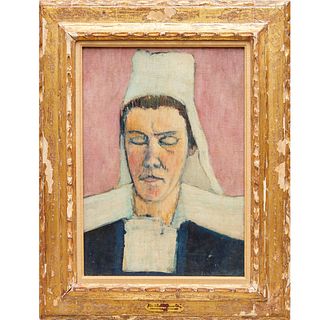 Estimate$5,000 - $7,000
Estimate$5,000 - $7,000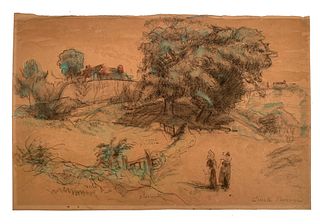 Estimate$5,000 - $10,000
Estimate$5,000 - $10,000 Estimate$1,000 - $1,500
Estimate$1,000 - $1,500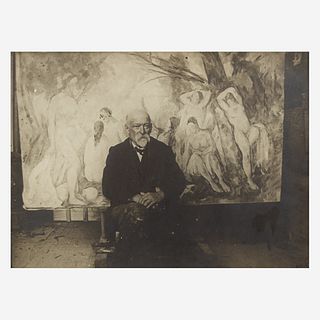 Estimate$2,000 - $3,000
Estimate$2,000 - $3,000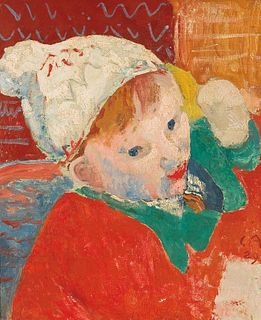 EstimateEUR€30,000 - EUR€50,000 $33,333.33 - $55,555.56
EstimateEUR€30,000 - EUR€50,000 $33,333.33 - $55,555.56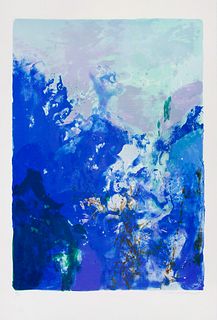 EstimateEUR€3,000 - EUR€3,500 $3,333.33 - $3,888.89
EstimateEUR€3,000 - EUR€3,500 $3,333.33 - $3,888.89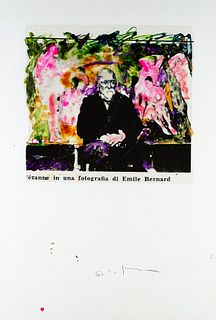 EstimateEUR€2,000 - EUR€3,000 $2,222.22 - $3,333.33
EstimateEUR€2,000 - EUR€3,000 $2,222.22 - $3,333.33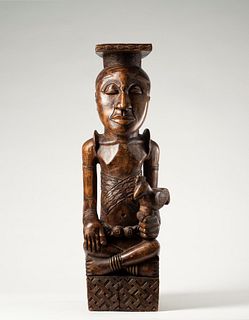 EstimateEUR€16,000 - EUR€20,000 $17,777.78 - $22,222.22
EstimateEUR€16,000 - EUR€20,000 $17,777.78 - $22,222.22 Estimate$2,000 - $3,000
Estimate$2,000 - $3,000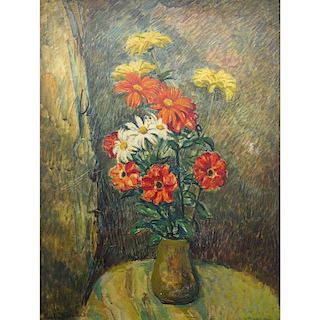 Estimate$2,000 - $3,000
Estimate$2,000 - $3,000


 EUR
EUR CAD
CAD AUD
AUD GBP
GBP MXN
MXN HKD
HKD CNY
CNY MYR
MYR SEK
SEK SGD
SGD CHF
CHF THB
THB Live Auction in Progress
Live Auction in Progress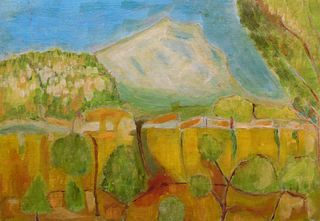


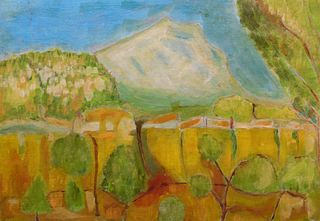
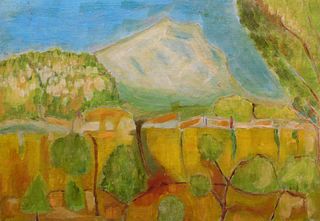
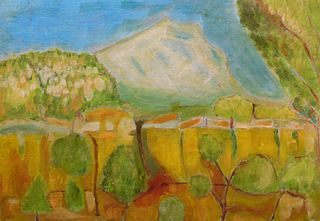
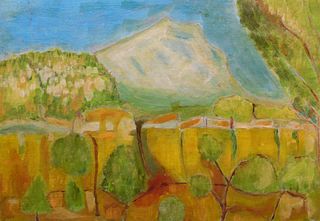


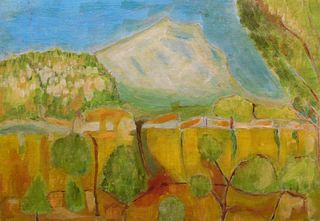


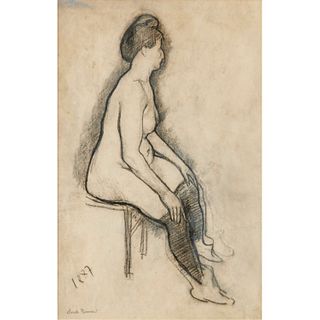

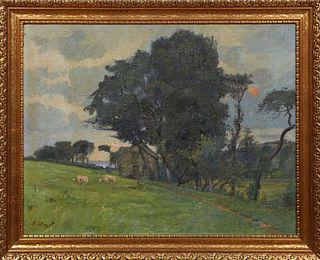
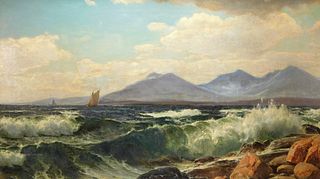
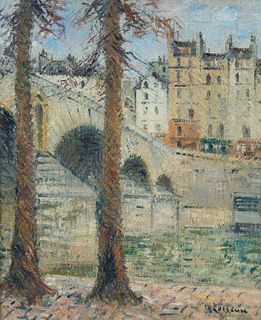
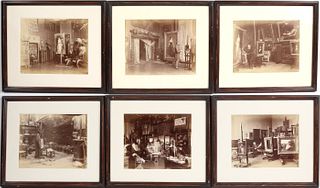

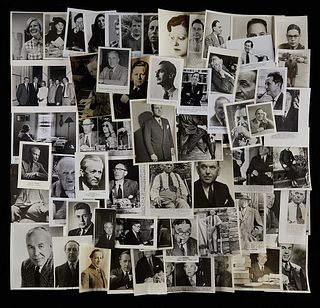
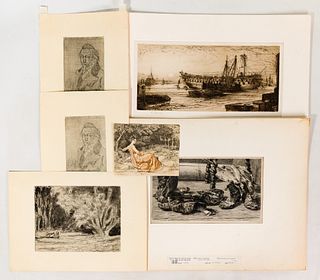
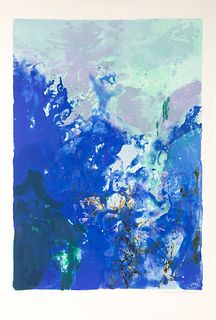


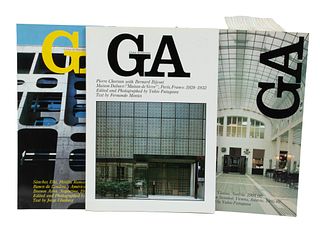

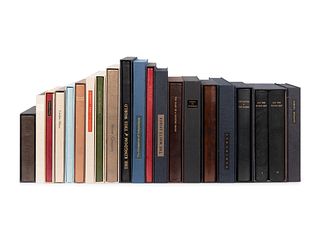
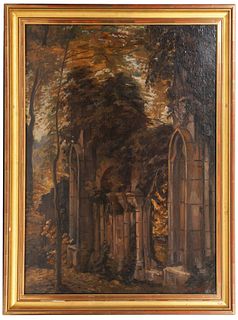
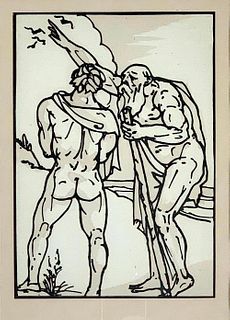

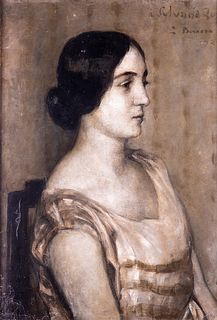
![[Emile Bernard] Les Amours de Pierre de Ronsard](https://s1.img.bidsquare.com/item/m/7486/7486329.jpeg?t=1KGStO)

![[ART REFERENCE & EXHIBITION CATALOGUES]. A group of 4 reference works and exhibition catalogues about French artists, comprising:](https://s1.img.bidsquare.com/item/m/7217/7217594.jpeg?t=1KssJC)
